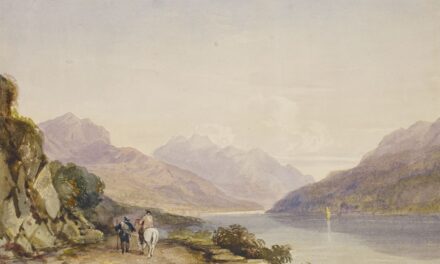If you are interested in learning more about the different art movements that have shaped the world of art, you should definitely check out the article on Impressionism. This movement, which emerged in the 19th century, had a significant impact on artists like Gustav Klimt, influencing their use of light, colour, and brushwork. Understanding Impressionism will give you a deeper appreciation for Klimt’s work and the artistic context in which he operated.
FAQs
Who was Gustav Klimt?
Gustav Klimt was an Austrian symbolist painter, known for his paintings, murals, sketches, and other objets d’art. He was a prominent member of the Vienna Secession movement.
When and where was Gustav Klimt born?
Gustav Klimt was born on July 14, 1862, in Baumgarten, near Vienna, Austria.
What was Gustav Klimt known for?
Gustav Klimt was known for his decorative and erotic art, and he was one of the most prominent members of the Vienna Secession movement. He is best known for his paintings, such as “The Kiss” and “The Portrait of Adele Bloch-Bauer I.”
What was the Vienna Secession movement?
The Vienna Secession was a group of Austrian artists who formed in 1897 as a reaction against the conservative artistic institutions of the time. They sought to create a new style that reflected the changing society and culture of the time.
What was Gustav Klimt’s style of painting?
Gustav Klimt’s style of painting was symbolist and decorative, often featuring erotic and allegorical themes. He was known for his use of gold leaf and intricate patterns in his works.
What are some of Gustav Klimt’s most famous works?
Some of Gustav Klimt’s most famous works include “The Kiss,” “The Portrait of Adele Bloch-Bauer I,” “Judith and the Head of Holofernes,” and “The Tree of Life.”
What was Gustav Klimt’s legacy?
Gustav Klimt’s legacy is that of a pioneering artist who pushed the boundaries of traditional art and paved the way for modernist and expressionist movements. His work continues to be celebrated and admired for its beauty and innovation.




